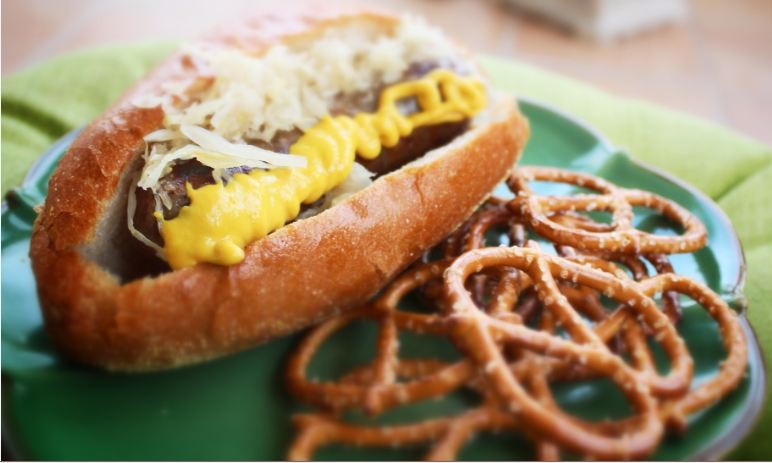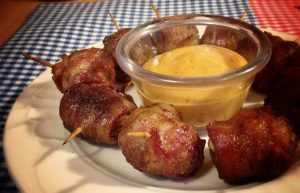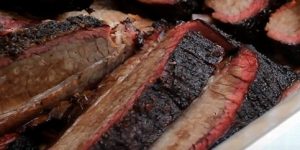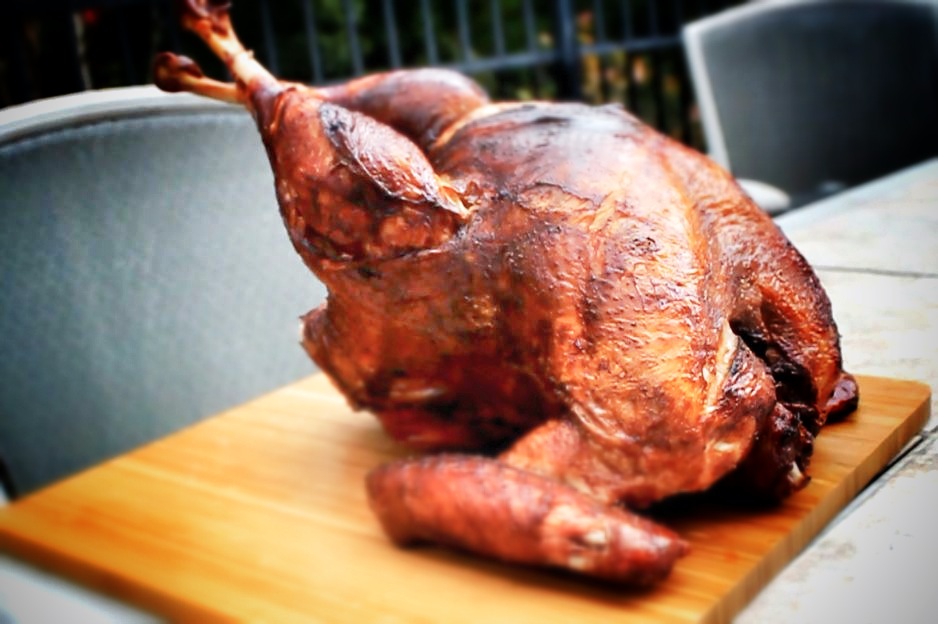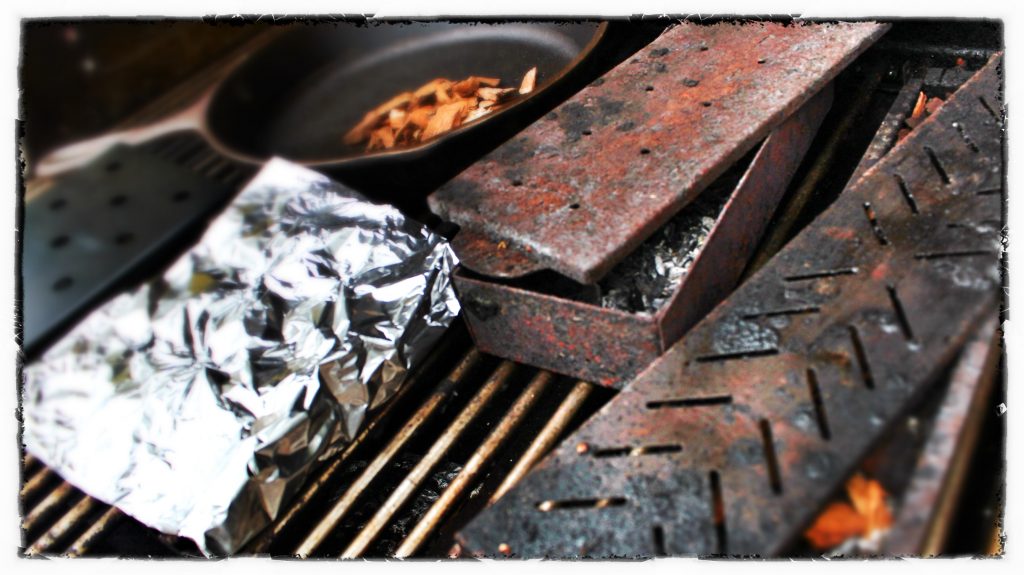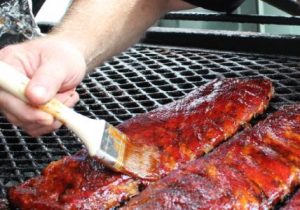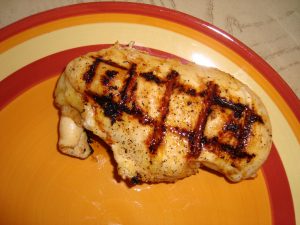 A good bratwurst grill master – or brattender as some call them – knows there are several different ways to serve the perfect beer bratwurst. But the most important thing to know you need to really COOK it. Bratwurst is almost always sold in stores as a raw meat product. That means, unlike it’s lowly cousin the hot dog, it is not already cooked and safe to eat per USDA food guidelines for pork. Bottom line you don’t want to get sick eating raw meat.
A good bratwurst grill master – or brattender as some call them – knows there are several different ways to serve the perfect beer bratwurst. But the most important thing to know you need to really COOK it. Bratwurst is almost always sold in stores as a raw meat product. That means, unlike it’s lowly cousin the hot dog, it is not already cooked and safe to eat per USDA food guidelines for pork. Bottom line you don’t want to get sick eating raw meat.
There are three common ways to cook brats:
Hot Off The Fire Brats
The most basic way to cook a brat is to brush it with a light oil and grill it over indirect heat for fifteen to 20 minutes. Indirect heat will allow you to get the internal temperature of the sausage hot enough without over-charring the rest of the brat. You want the final product to appear golden brown with unbroken skin (but don’t worry too much about that). Use an instant read thermometer to make sure you reach the recommended 170 degree internal temperature.
Par Boiling Brats
If you want to be extra careful about under cooked brats or just want to shorten the live grilling time (really?) you can easily pre-cook or par boil the bratwurst in a pan from the comfort of the kitchen. Just add one to two inches of your favorite beer into a pan over medium heat. Add sliced onions and peppers if desired and bring to the lowest possible simmer. Avoid boiling. You don’t want to rupture the skin of the brats by getting the liquid too hot or boiling. Cook for 6 to 8 minutes and finish off on the grill as described above with a shorter grilling time of 3 to six minutes.
Brat Tub Bath
The most social way to cook brats is by enlisting the help of the legendary BRAT tub. A simple shallow pan filled with an inch or two of beer, butter and onions that acts as the brats warm bath after our first grilling step. Keep the pan just off the fire and barely simmering so a hot brat is always on hand. Plus the grill master gets a pass to take his focused attention off the grill to chat and have a beer.
Some other pointers:
Use tongs. Never a fork. You don’t want to prick the casing. That would diminish the juiciness of the end product and could encourage a crazy flare up.
A brush of light oil before the brat hits the grill can help add a crisp texture to the casing.
You can add a lick of smoke even to a gas grill by tossing a foil smoker pouch under the grate before cooking.
Too charred? Keep it handy some joker always wants the burnt one.
Ingredients
- 2 Tablespoons Butter
- 5 Bratwurst
- 2 Twelve ounce Beers
- 1 sliced Onion
- 1 sliced Green Pepper
Instructions
- Place disposable foil roasing pan on indirect heat on the grill close enough to the heat to stay hot but not boil.
- Add butter and after melting fill pan with two robust beers (not lite). Add sliced onions and peppers,
- Maintain low simmer and add bratwurst to bath after grilling ten to twenty minutes on indirect heat.
- Serve with mustard and fresh baked bun.
